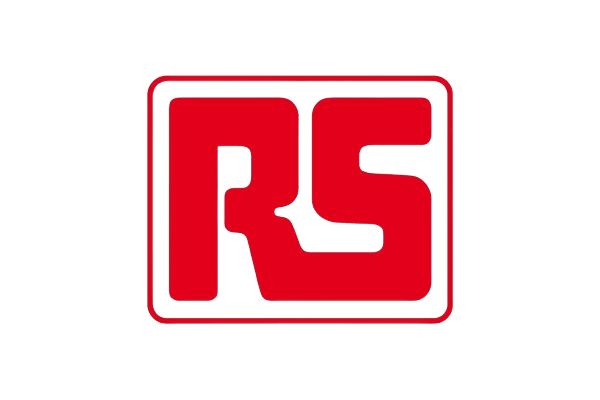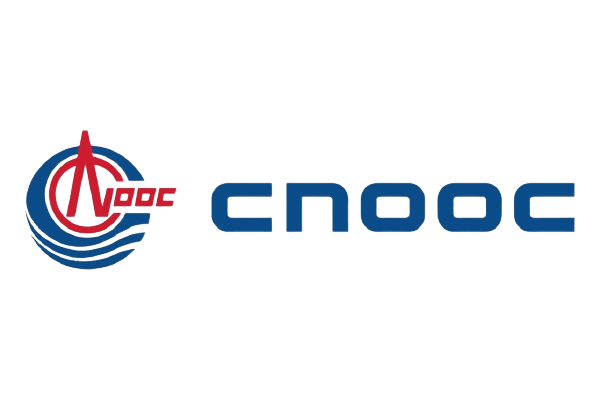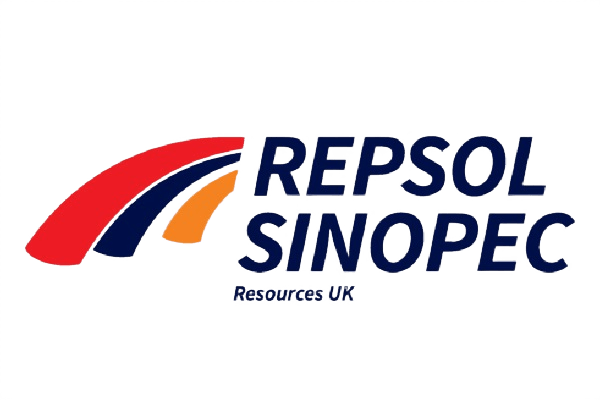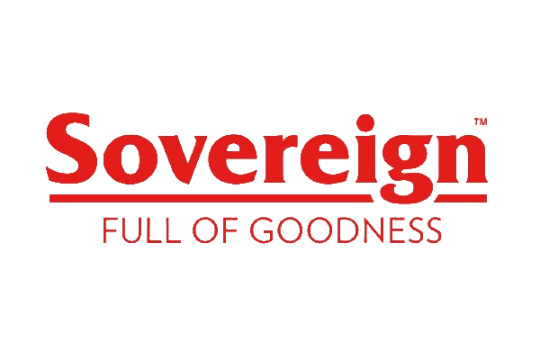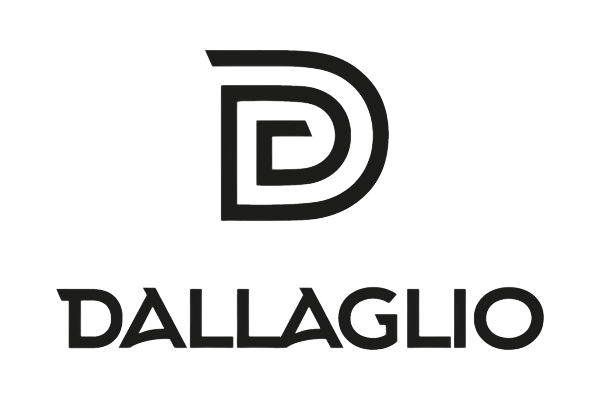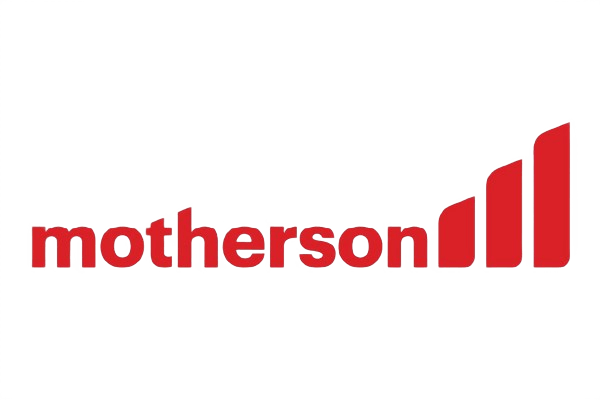Companies in the pharmaceutical industry manage a large number of assets that require regular maintenance to ensure they perform at expected levels. Using operational data and business intelligence, asset performance management (APM) solutions can provide deeper insights into reliability centred maintenance needs and help companies identify opportunities to optimise capital expenditures, while ensuring safety and compliance with company policies and regulatory requirements.
In this article, we will explore how manufacturing execution systems (MES) have evolved to address the challenges faced by pharmaceutical manufacturers and how they can be used to develop more effective APM programs.
Manufacturing Execution Systems (MES) are typically used to manage manufacturing assets in the pharmaceutical industry, but they can also be used to better manage assets in distribution, storage and packaging. What key benefits would this bring, and what challenges might you need to overcome? Below we will go into detail about APM, its application in the Pharmaceutical industry and how MES can play a role in achieving it.
What is APM?
Asset performance management (APM) is a set of techniques for understanding and improving asset reliability. Technological developments in recent years have seen an increasing focus on engineering and maintenance processes that also influence asset availability.
APM uses predictive modelling techniques as well as predictive maintenance programs to identify potential problems with assets. The idea is that through better knowledge of assets and their health, performance can be improved, and capacity released.
In many cases, APM is applied to machinery and equipment such as pumps or compressors used in pharmaceutical manufacturing.
Benefits of APM
APM has the potential to make tremendous impacts on overall performance and improvement opportunities. However, the benefits of APM are only possible when manufacturers are able to effectively integrate their production asset management efforts into their business objectives.
Manufacturers that utilise APM as a framework to drive overall performance will be able to implement solutions that continuously improve total manufacturing costs while maintaining maximum machine availability. This approach to managing assets allows companies to focus more time and energy on high-value activities like creating new products or services, while ensuring optimal equipment performance.
In addition, reliability centred maintenance professionals who have access to predictive analytics can proactively identify equipment problems before they occur, preventing costly unscheduled downtime.
How MES can support APM
Manufacturers typically rely on multiple manufacturing execution systems (MES) to manage different aspects of their operations. Depending on their software configuration, those systems can be used to generate detailed production data and report findings that impact asset performance management (APM).
If a manufacturer implements a MES and an APM system with common functionality, it should actually consider using one system for both purposes. In some cases, adding APM functionality to an existing MES is more seamless and efficient than finding or implementing a separate APM solution.
Overall Equipment Effectiveness (OEE) software measures three elements: availability, performance and quality, which helps manufacturers to create efficiency-based operating goals and measure their success at achieving them. By comparing real-time production data against predefined benchmarks, a MES equipped with OEE functionality gives a manufacturer insight into its overall equipment effectiveness (OEE).
Although these metrics have been around for decades, they’re becoming increasingly popular. As companies seek new ways to improve their reliability centred maintenance, and operational efficiencies – industry leaders are ensuring they get optimal value out of every piece of equipment in their facilities through effective APM and MES initiatives.
Why MES software needs to be integrated with ERP systems
An ERP is a great source of data about plant operations and assets. However, it needs to be integrated with MES software if APM is to provide an accurate picture of asset performance. A truly effective APM system should allow you to track and analyse multiple dimensions of asset performance.
These dimensions include: root cause analysis, condition based maintenance, predictive maintenance, and failure mode effects analysis (FMECA). In the context of reliability centred maintenance, each dimension has its own set of best practices, which are completely different from each other; therefore it is important that MES software be integrated with ERP systems to capture data across these dimensions accurately and efficiently.
The right solution will enable your organisation to integrate seamlessly with ERP systems and use analytics tools within those systems. In fact, some manufacturers have gone so far as to replace their existing SAP, Maximo or Oracle implementations with one built on top of enterprise asset management (EAM) software for greater control over business processes.
When choosing between EAM and standalone MES solutions for integration purposes, consider how much customization you want right now, and how much flexibility your team is likely to need down the line. With growth and expansion comes complexity – requiring new technologies to be integrated (and it’s very important to keep this in mind).
When all is said and done, all approaches (EAM vs MES, or both) can yield successful results, it’s just a matter of effective planning and forecasting – allowing you to choose what works best for your unique situation.
The benefits of ERP integration
ERP integration allows organisations to share data across departments and processes. One of its biggest benefits is that it allows a company to move from multiple point solutions to a full-fledged enterprise solution.
In doing so, the full tech-stack can take advantage of advanced analytics and real-time data for a clear performance overview. By connecting core systems, companies can improve performance while also enhancing collaboration and transparency between internal stakeholders and partners alike.
With automated processes, companies can streamline business processes and optimise their overall performance and workflows. Staff will benefit greatly from increased inter-departmental cooperation.
ERP also allows for enhanced inventory control (in real-time), better customer service, and ultimately will benefit the scalability of the company.
What’s holding back APM adoption?
While asset performance management (APM) tools are becoming more common within manufacturers – widespread adoption is hindered by cost and lack of knowledge surrounding how to get better ROI from APM initiatives.
Many pharmaceutical firms don’t want to commit resources until they see what impact it will have on their bottom line. This can be difficult for them, though, because APM software tends to be fairly expensive when compared with other manufacturing technologies.
One might not know exactly how an integrated system would work, and naturally, we want more proof that an APM is right for us upfront.
This is where Optimal’s consulting and execution expertise would come in: If an APM is found to be right for your process, pain points and tech stack – we’ll confirm and help implement it. If there’s a better way – we’ll let you know.
The challenges associated with ERP systems and APM implementations
ERP systems come with a lot of baggage, from customization requirements to training and implementation. Some manufacturers have gone so far as to say that implementing ERP actually creates more problems than it solves!
Given all of these challenges that make it harder for manufacturers to get an APM system up and running, you might ask yourself: “is it worth taking on ERP projects or should I rather find internal resources to manage an APM system properly?”
The answer is probably both. But one thing is certain: manufacturers need to find a way to implement cost-effective APM systems impactfully if they want to improve asset performance and reliability centred maintenance in general. In order for an organisation’s assets, and by extension its business, to perform at peak levels – it needs effective asset management software to help identify areas where performance can be improved.
Sourcing the right manufacturing execution software (MES) solution
To take full advantage of APM, a pharmaceutical company must first ensure that its MES solution is designed to track and manage all aspects of asset performance. Sourcing just any software, like an ERP system or a marketing management platform, will not cut it.
In addition to their inherent benefits (including enhanced visibility into product flow and more efficient production processes), manufacturers can leverage advanced MES solutions to complete several actions including:
- Deliver proactive maintenance notifications
- Analyse assets in real-time
- Identify potential equipment failures before they occur
- Schedule effective predictive maintenance
- Automate business processes
- Reduce operating costs
MES and APM Solutions with ARaaS (Asset Reliability as a Service)
Optimal delivers asset performance and reliability centred maintenance strategies through a combination of cutting-edge tools and world-class asset management expertise – all bundled into a bespoke, ‘as-a-service’ solution.
ARaaS removes the complexity that comes with change, decreases training requirements for staff, and allows for focus on core mission-critical activities.
Going far beyond simple cost saving strategies – ARaaS is about constantly improving the performance and the reliability of your assets, and improving your ability to predict revenue and costs. Essentially, ARaaS is a one-stop solution for you, as a physical asset owner, to improve your bottom line now and into the future.
At Optimal we have worked with a wide array of companies in different sectors, including the pharmaceutical industry. We work to deeply understand the goals and needs that your organisation has, and optimise your assets accordingly.
Through implementing proven methodologies, automated processes and reliability centred maintenance – less downtime and significant cost reductions will be your results.
For more info on ARaaS, please read our comprehensive piece, which details everything you need to know.
Final Thoughts
We hope you enjoyed this article on how Manufacturing Execution Systems Help Improve Asset Performance Management.
If you have any questions feel free to contact us at enquiries@optimal.world.
Thank you for reading, and we look forward to hearing from you!



